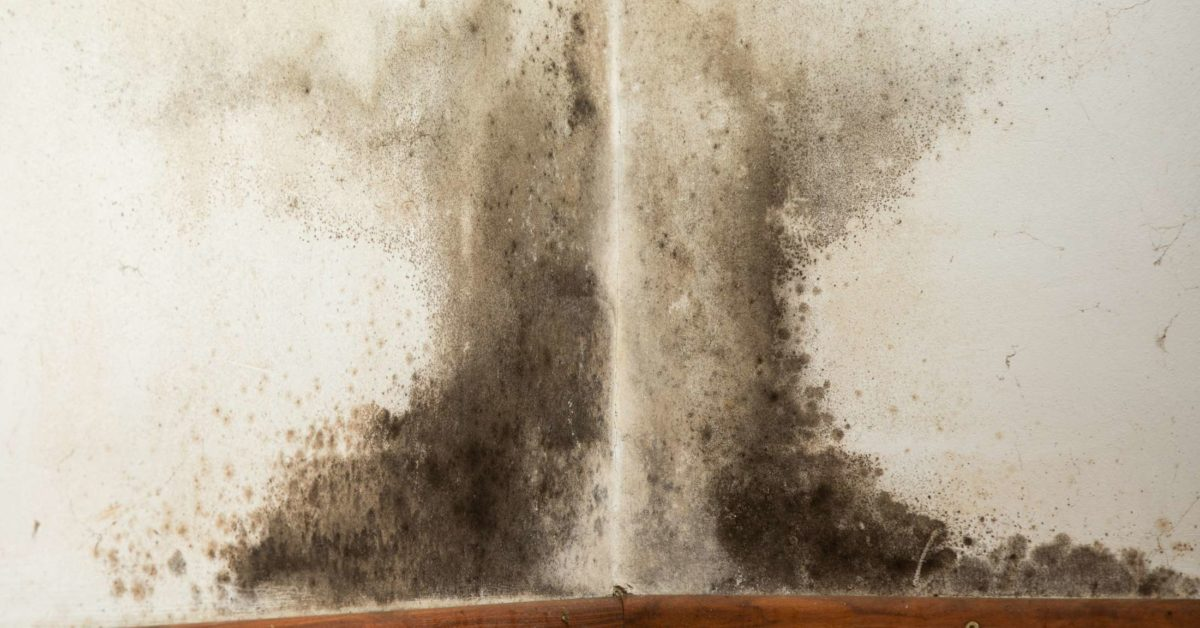The most common types of household mold that are found indoors include Cladosporium,Penicillium,Alternaria,and Aspergillus. Stachybotrys chartarum is a greenish-black mold that can also be found indoors.
Mold is a type of fungus that consists of small organisms found almost everywhere. They can be black, white, orange, green, or purple. Outdoors, molds play an important role in nature, breaking down dead leaves, plants, and trees. Molds thrive on moisture and reproduce by means of tiny, lightweight spores that travel through the air. You’re exposed to mold every day.
In small amounts, mold spores are usually harmless, but when they land on a damp spot in your home, they can start to grow. When mold is growing on a surface, spores can be released into the air where they can be easily inhaled. If you’re sensitive to mold and inhale a large number of spores, you could experience health problems.
Unlike bacteria that are one-celled, molds are made of many cells and can sometimes be seen with the naked eye. Under a microscope, they look like skinny mushrooms. In many molds, the body consists of:
The spores give mold the color you see. When airborne, the spores spread the mold from place to place like dandelion seeds blowing across a meadow. Molds have branches and roots that are like very thin threads. The roots may be difficult to see when the mold is growing on food and may be very deep in the food. Foods that are moldy may also have invisible bacteria growing along with the mold.


Your walls, floors, appliances, carpet, or furniture – they can all provide the food mold needs to grow. But the thing all molds need most is moisture, so you’re most likely to see mold in damp places such as bathrooms, kitchens, laundry rooms, basements, and crawl spaces.

Mold is everywhere, in the air indoors and out. To reproduce, mold generates spores (seeds) that become airborne. These spores can remain dormant for 50 years or more.
They become active when they come into contact with moisture and food. Where there’s mold there is always water. Mold colonies develop which, in turn, release more spores into the air.
In some cases, mold in your home can make you sick, especially if you have allergies or asthma. Whether or not you’re allergic to molds, mold exposure can irritate your eyes, skin, nose, throat, and lungs. Here’s what you can do to combat mold problems, and take care of yourself and your home.
However, there are different types of mold with different colors. But, these types of molds produce one common toxin – Mycotoxin.




The most common types of household mold that are found indoors include Cladosporium,Penicillium,Alternaria,and Aspergillus. Stachybotrys chartarum is a greenish-black mold that can also be found indoors.
Toxic Black Mold is a name commonly used for Stachybotryschartarum. It is one of the infamous toxic molds as it can grow in houses and extremely dangerous to humans. It produces a type of neurotoxins - MYCOTOXINS
People who expose to moldy environment will have the common symptoms - Mold Allergy. When a person inhales the air that contains high mold spores , the immune system overreacts and that such condition can lead to respiratory disease.
Mushrooms are a popular addition to many dishes, salads and sauces, or served sautéed alone as a side dish. Not all mushrooms are safe to eat, with various possible negative side effects. These mushrooms are commercially grown and considered safe for human consumption, but some might produce serious side effects if you are allergic or they are contaminated.
References :